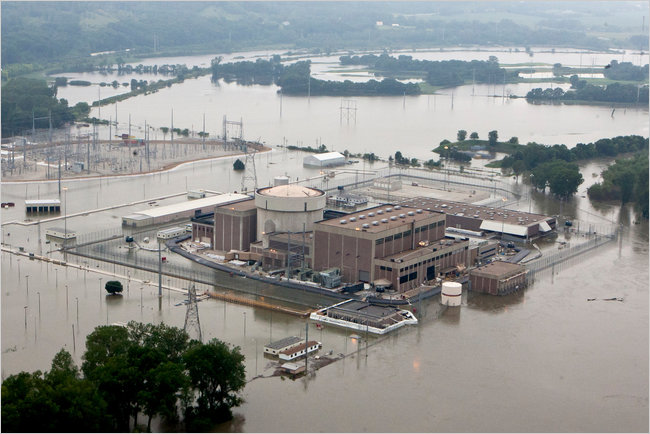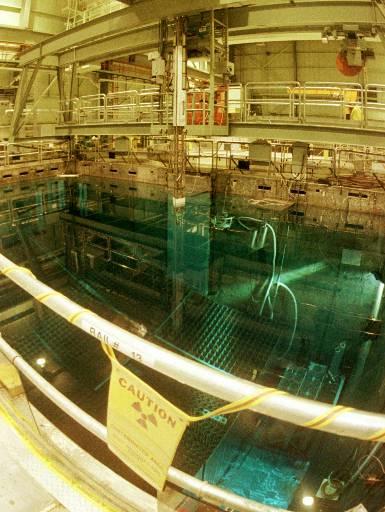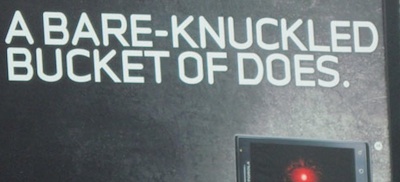
Today, the U.S. government is on the verge of “shutting down” over a budget impasse in the Congress. Republicans are insisting that massive spending cuts are required to avert disaster. Just today, Illinois Republican Representative Judy Biggert said, “We’re facing an economic disaster. We have to cut the spending.”
But during the Bush era, Republicans were singing a very different tune. After the 2004 elections, Dick Cheney famously said, “Reagan proved: deficits don’t matter” (according to then-Treasury Secretary Paul O’Neill). Whether or not Cheney actually said those exact words, that’s certainly how the Cheney-Bush administration behaved:
During his eight years in office, President Bush oversaw a large increase in government spending. In fact, President Bush increased government spending more than any of the six presidents preceding him, including LBJ. In his last term in office, President Bush increased discretionary outlays by an estimated 48.6 percent.
During his eight years in office, President Bush spent almost twice as much as his predecessor, President Clinton. Adjusted for inflation, in eight years, President Clinton increased the federal budget by 11 percent. In eight years, President Bush increased it by a whopping 104 percent.
[source: Spending Under President George W. Bush, Veronique de Rugy, George Mason University.]
Conservative commentators must have been outraged, right? After all, deficit spending is mortgaging our children’s future!
Turns out, not so much. Here’s the tune that the Weekly Standard was singing back in 2005:
WHEN DICK CHENEY SAID, “Deficits don’t matter,” economists took that as proof of the economic illiteracy of the Bush administration. But it turns out there is a case to be made that Cheney was onto something.
On the deepest level, the vice president was echoing, in slightly exaggerated form, an idea put forward a few years ago by Irving Kristol, the Godfather of the neoconservatives who have had such a wide-ranging effect on Bush administration policy. Kristol wrote then, and still believes, that “We should figure out what we want before we calculate what we can afford, not the reverse.”
[…]
The deficits that Bush ran up in the years in which the country was teetering on the verge of a serious recession had the beneficial effect of righting the economy. In that sense, deficits not only didn’t matter, but were a force for economic good.
[source: Do Deficits Matter?, Irwin M. Stelzer, Hudson Institute]
Something has changed in the last five years, however. For some reason… can’t quite put my finger on it… but for some reason, Republicans now fear the DOOM of deficit spending:
“There’s no daylight between the Tea Party and me. What they want is they want us to cut spending. They want us to deal with this crushing debt that’s going to crush the future for our kids and grandkids. There’s no daylight there.”
[Source: John Boehner talking to ABC’s George Stephanopolous on April 7]
I wonder if having a Democrat in the White House could possibly have anything to do with their objections?
And besides… if they’re so worried about improving the government’s balance sheet, maybe they could do something about this:
General Electric, the nation’s largest corporation, had a very good year in 2010. The company reported worldwide profits of $14.2 billion, and said $5.1 billion of the total came from its operations in the United States.
Its American tax bill? None. In fact, G.E. claimed a tax benefit of $3.2 billion.
[Source: tG.E.’s Strategies Let It Avoid Taxes Altogether, New York Times, March 24, 2011]
Nah. The Republicans would much rather shut down essential government services, fire public employees, and ensure that poor people become even more desperate for any crumbs the rich may throw their way.
In fact… isn’t that the GOP’s 2012 campaign platform?










